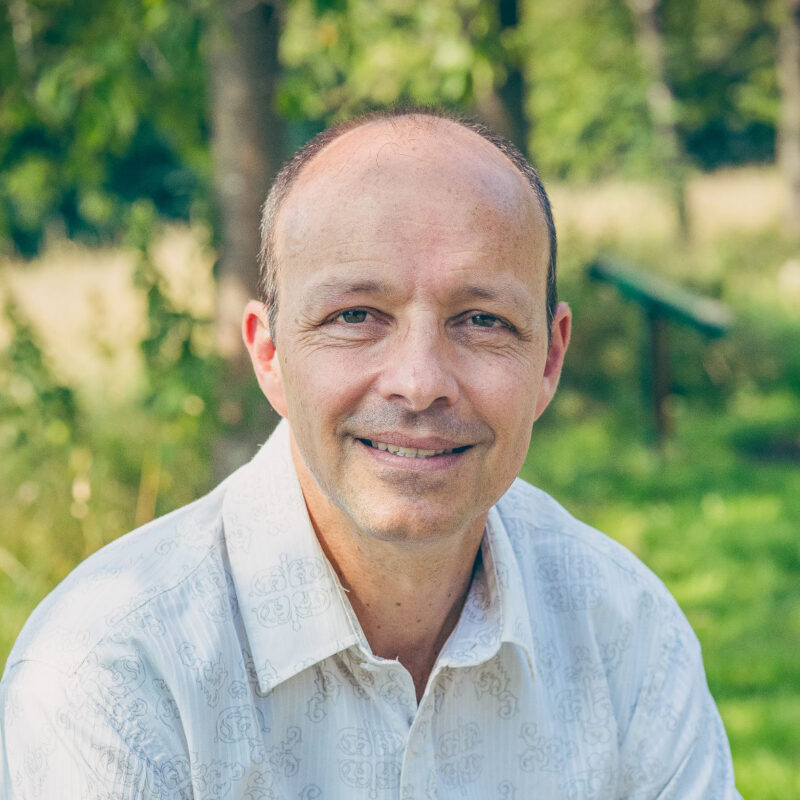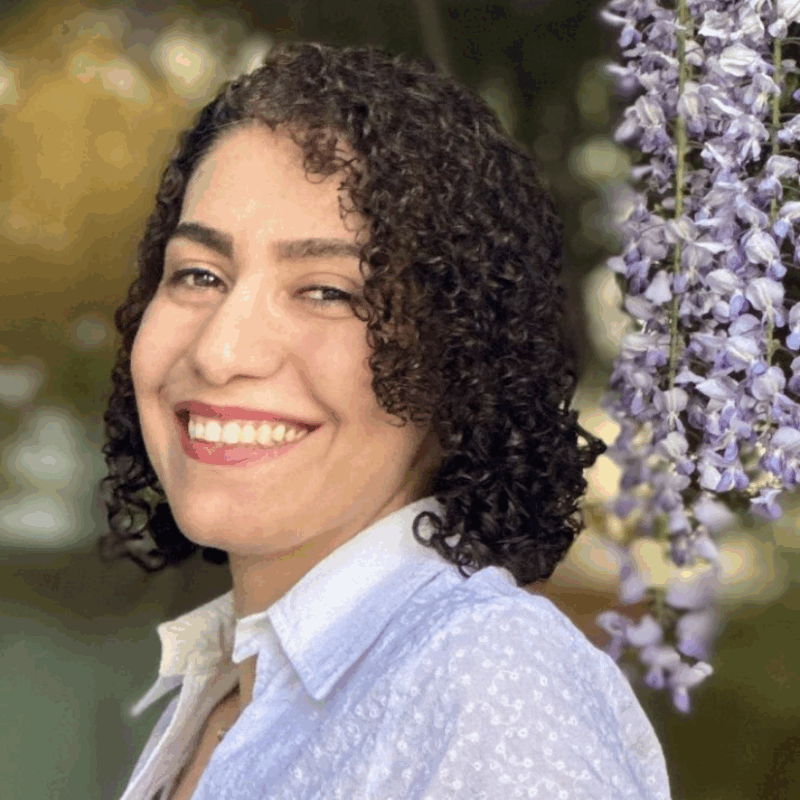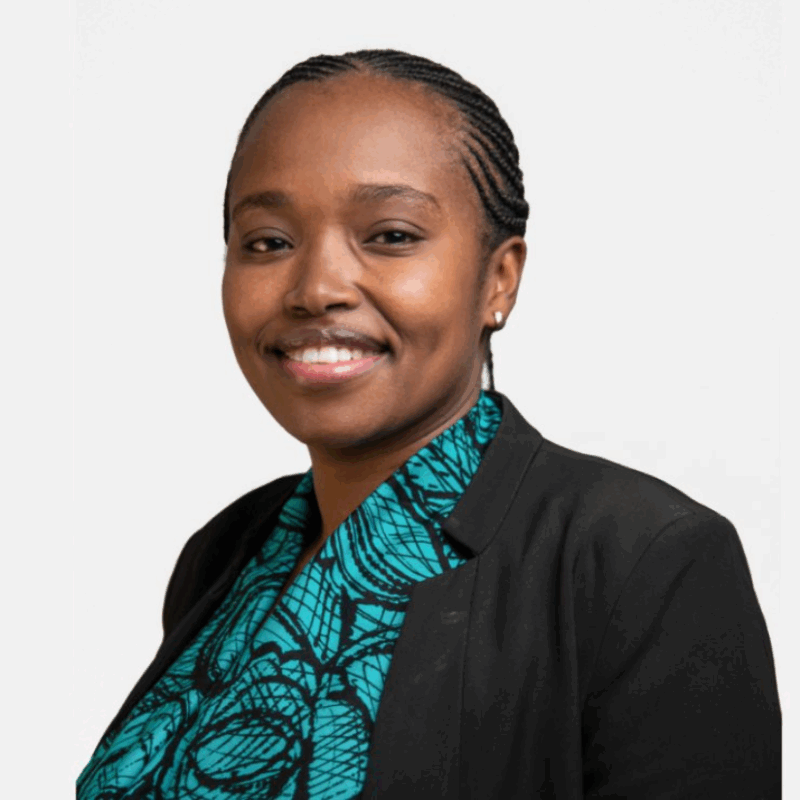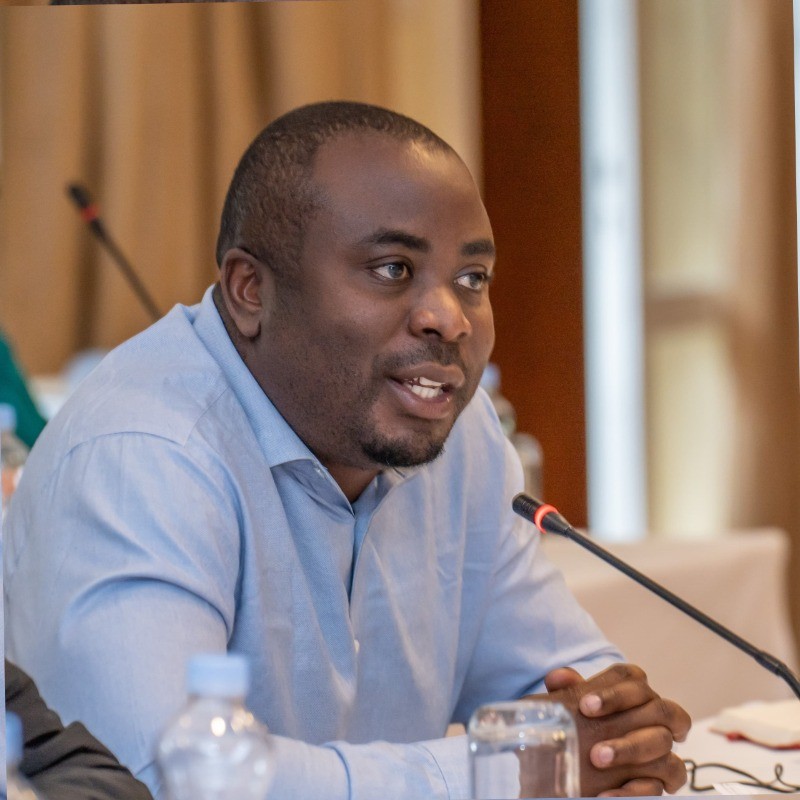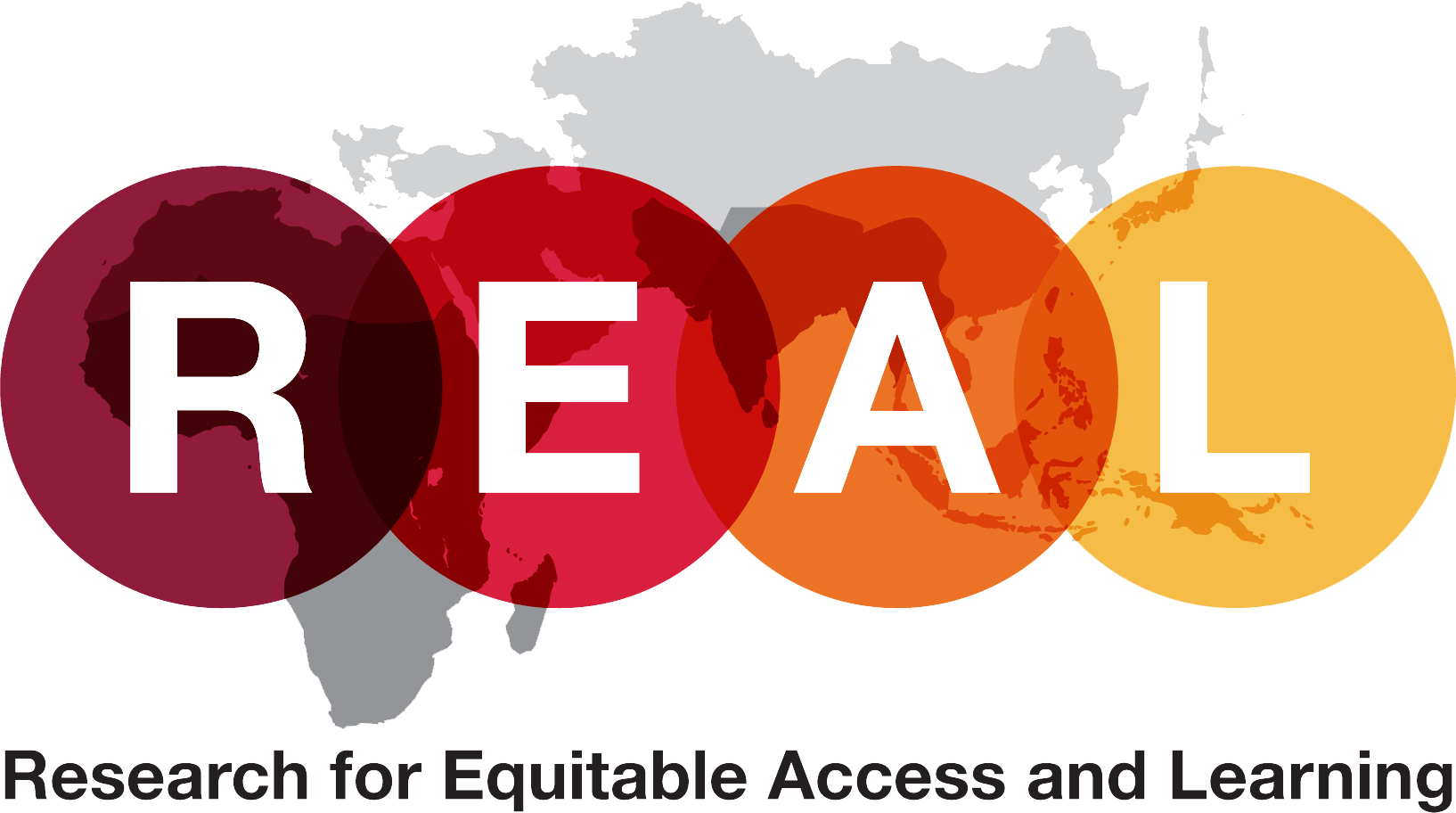Blog
The cost of reaching remote schools and the role of district government to enable scale
Ricardo Sabates Aysa, Yuyan Jiang, Najme Kishani, Winny Cherotich, Benjamini Masebo and Lenis Mtitu
Over 250 million children worldwide are out of school, with the majority living in remote, underserved communities. Even those who attend school often struggle with basic literacy and numeracy due to a lack of trained teachers and resources. This raises a crucial question for policymakers and funders: should investments prioritise broad coverage at lower costs, or should additional resources be allocated to ensure the most disadvantaged children receive quality education?
A key challenge in education financing is determining how to allocate resources to maximise impact. Decision-makers and funders have to struggle with the choice of reaching a higher proportion of the population of interest but with a relatively lower unit cost, or reaching a lower proportion of the population but with a higher unit cost. At the heart of this challenge is the reality that reaching the most disadvantaged populations tends to be more expensive, requiring targeting and the investment of additional resources to achieve equitable outcomes.
In this blog, we reflect on the interconnection between two issues. First is the cost of reaching the most remote schools, which are typically also under-resourced, and which require a higher unit cost for programmes to operate. Linked to this issue is the role that local governments can play, not just with cost sharing, but also in processes which can enhance the possibilities for scaling up programmes. We use the case of the My Village project to bring evidence to the arguments presented.
The ‘My Village’ project in Tanzania, led by the PAL Network and its member organisation, Uwezo Tanzania, provides an interesting case to critically reflect about the cost of reaching remote and under-resourced schools. My Village is a holistic programme supporting children to achieve foundational skills. It has been implemented in several PAL Network member countries, with variations of the programme depending on the local context, including Kenya, Nepal and Tanzania. In Tanzania, My Village is mostly implemented in schools, providing training to teachers and volunteer teachers with interactive and student-centred pedagogical approaches for foundational literacy in Kiswahili and numeracy. Teachers are trained first in the use of the Uwezo tool for measuring foundational skills and to group children according to levels of competencies. They then provide remedial support for literacy and numeracy for 30 days, two hours per day during school hours without interfering with the classroom timetable. During the 30 days of remedial sessions, teachers assess children and regroup every 10 days, as they see children achieving different levels of foundational skills.
While My Village programme lasts 30 days, teachers are encouraged to continue to use this methodology for their own classes and for further remedial support if needed. Previous research has established that the teaching methods used in My Village enhance foundational skills. Yet, less is known about the costs required to reach children in remote areas as well as the role of district governments (also known in the literature as middle-tier bureaucracy) in supporting these programmes.
What are the costs of reaching remote schools?
Remote rural schools face challenges in terms of resource allocation relative to schools in urban and peri-urban areas. Reaching remote schools comes with significant financial and logistical challenges. Ludewa is the most remote district in Njombe region. The total number of primary schools in the Ludewa district is 114. Its main town has 8 primary schools. Within a 20-kilometre radius, a further 3 primary schools are located. In terms of travelling time, 31 schools are located within one hour by car. This is only one third of the schools. For the rest, and depending on the mode of transportation, it can take anywhere between two to five hours to reach them. So, what are the main costs of implementing the My Village project in such areas?
Table 1 shows the costs associated with training 40 teachers in Ludewa district. The key costs provided included staff, facilitators and teachers as well as materials, stationery and SMS to parents. Table 1 excludes indirect costs such as administrative expenses, facilities and support services.
Table 1: Cost estimates for My Village Tanzania in Ludewa District
| Cost item | Cost description | Number | Cost per teacher |
| Programme staff support | Airfare is estimated at 500,000 shillings from Dar es Salaam to Mbeya, plus 96,000 shillings for their daily subsistence allowance (food, accommodation, communication), and 30,000 shillings to travel from Mbeya to Ludewa. Estimating that each programme staff supported 20 of the teachers, the estimated cost per teacher was 64,150 shillings | 2 staff | £21 per teacher |
| Programme facilitators | Facilitators were offered 800,000 shillings for 8-day training, plus transportation (estimated at 180,000 shillings for a round trip from Dar es Salaam/Dodoma to Ludewa). Estimating that each facilitator will support about 12 teachers, the cost per teacher to be trained was estimated at 81,700 shillings | 3 facilitators | £27 per teacher |
| Teachers receiving training | For a 6-day training, transportation costs (20,000 shillings return trip), accommodation and subsistence (40,000 shillings per day) | 40 teachers | £84 per teacher |
| Teachers implementing programme | Allowance of 10,000 shillings per day for 30 days of remedial support provided during non-teaching school hours. | 300,000 per teacher | £97 per teacher |
| Materials and stationery | Printing manuals and books for the library estimated at 40,000 shillings per teacher | 40,000 per teacher | £13 per teacher |
| SMS for parents | Sending SMS messages to parents to encourage reading at home estimated at 25,000 shillings per school | 25,000 per school | £8 per school |
| Total (without opportunity cost) | £250 per teacher | ||
| Opportunity cost for staff | Time cost for staff (2 days) | £40 per staff per day | £5 |
| Opportunity cost for trainers | Time cost for trainers (3 days) | £25 per trainer per day | £7.50 per teacher |
| Opportunity cost for teachers | Time cost for teachers (varies between 2 to 16 hours) | £5 to £6 per teacher per day | £2 to £6 per teacher |
| Total (including opportunity cost) | £266 |
Note: We use an exchange rate of 3,100 Tanzanian Shillings per £1 GBP. All costs were provided by Uwezo Tanzania and their local implementing partner, the Lugarawa Development Foundation.
The estimated cost per teacher to be trained and to implement a remedial learning camp for 30 days is £250 (Table 1).
In terms of the cost for teachers, it is important to include the opportunity cost, which is measured in terms of time and income loss due to undertaking implementation in remote areas. Due to travelling times, the opportunity cost of programmes in remote areas could be significant. Figure 1 provides some estimates for the opportunity cost of staff, trainers and teachers. The opportunity cost for staff is estimated to be two days of commuting time to reach the location. Using a salary of £40 per day for staff, the total opportunity cost is £160, which means an opportunity cost of £5. The opportunity cost for trainers is estimated to be three days, as the commuting time is longer by road. Using a salary of £25 per day, the estimated opportunity cost for the trainer is £7.50 per teacher trained. Finally, the opportunity cost for teachers is estimated to vary between two and six hours. With an average daily salary of £5 to £6, the opportunity cost for teachers could be estimated between £2 to £6 per teacher. This adds an additional 6.3% into the costs of providing training per teacher (see Figure 1).
Figure 1: Costs of My Village per teacher – Ludewa, Tanzania

The role of district government to enable scale for My Village
Ludewa district was the lowest achiever within Njombe region in 2019. The district authorities were looking for ways to boost pedagogical innovations for teachers – which had to be compatible with the realities of teaching and learning in the region, and particularly with the use of the competence-based curriculum. Florian Peter Mtweve, District Quality Assurance Officer in Education, was a champion of My Village for the district. First, he was invited to participate in the training of teachers and a pilot that took place in five schools. The pilot by Uwezo Tanzania was named ‘Jifunze’, a Swahili word meaning ‘learn.’ He saw the programme resembled the culture of Tanzania and teachers were engaged. During the pilot, 97 students from grades 3 to 6 who were unable to read and recognise numbers participated in the Jifunze programme. All but four achieved foundational skills at the end of the 30-day programme.
Mr Mtweve observed the programme was extremely well received by parents, community leaders and teachers and strongly recommended the district government support its implementation in selected schools of Ludewa district. The project received funding from the PAL Network to be implemented in 2022. The first and second phases of My Village reached a total of 65 schools within the district. Importantly, to maximise the coverage, and reach 60% of government primary schools, the district government provided additional support. They agreed to provide transportation, the use of facilities for training of teachers, and funding to reach an additional 10 of the most remote schools, bringing the total number of schools to 75.
The district government partnership meant that teachers felt supported as the learning camp activities were timetabled outside of their regular classroom hours (and compensated by the project). The government issued an approval for the implementation of My Village in all participating schools. Additionally, the collaboration significantly improved cost efficiency. The district’s existing budget for school monitoring and teacher support allowed for shared resources, reducing the financial and logistical burden of the programme.
While in other districts of Tanzania there are many implementing partners, both national and international, this is not the case in the Ludewa region (at least not in education). Reaching remote regions requires strong commitment from organisations; it is time consuming and logistically challenging.
Final reflections
What have been the results? Ludewa is no longer the lowest achieving district, but is now fourth out of six districts in the national grade 4 examination in Njombe region. This is a significant improvement in only two years given the support of Uwezo and the district government. Many of the participating schools continue to implement the methodologies focusing on lower grades, particularly for children up to grade 2. In fact, some primary schools continue to monitor children through all grades so that foundational skills formation is sustained, reinforced and achieved.
Ensuring support to schools in remote areas to enhance learning is not just about designing effective interventions – it is about making them scalable and sustainable. While initiatives like My Village have demonstrated success in improving literacy and numeracy, their reach remains limited without strong government support. In Ludewa, partnership with the district government was a game-changer. By leveraging existing education budgets, infrastructure, and personnel, the district helped expand My Village to more remote schools, reducing implementation costs and logistical barriers. Monitoring and supporting teachers in remote areas comes with significant logistical and financial costs. Organisations like Uwezo and Lugarawa Development Foundation rely on public transport and require accommodation in strategic locations to access schools. While this is manageable, the real challenge lies in the time investment required for staff to monitor the programme effectively. Without this collaboration, scaling such programmes to underserved areas would require significantly more resources, making widespread impact nearly impossible.
This case underscores a critical lesson: the role of local government is not just beneficial – it is essential. For education programmes to move beyond isolated pilots and create systemic change, policymakers must be active partners in both funding and implementation. Strengthening these partnerships is key to ensuring that children in remote communities receive the learning opportunities they deserve.
Sabates, R., Jiang,Y., Kishani, N., Cherotich, W., Masebo, B. & Mtitu, L. 2025. The cost of reaching remote schools and the role of district government to enable scale. What Works Hub for Global Education. Blog. 2025/017. https://doi.org/10.35489/BSG-WhatWorksHubforGlobalEducation-BL_2025/017
Discover more
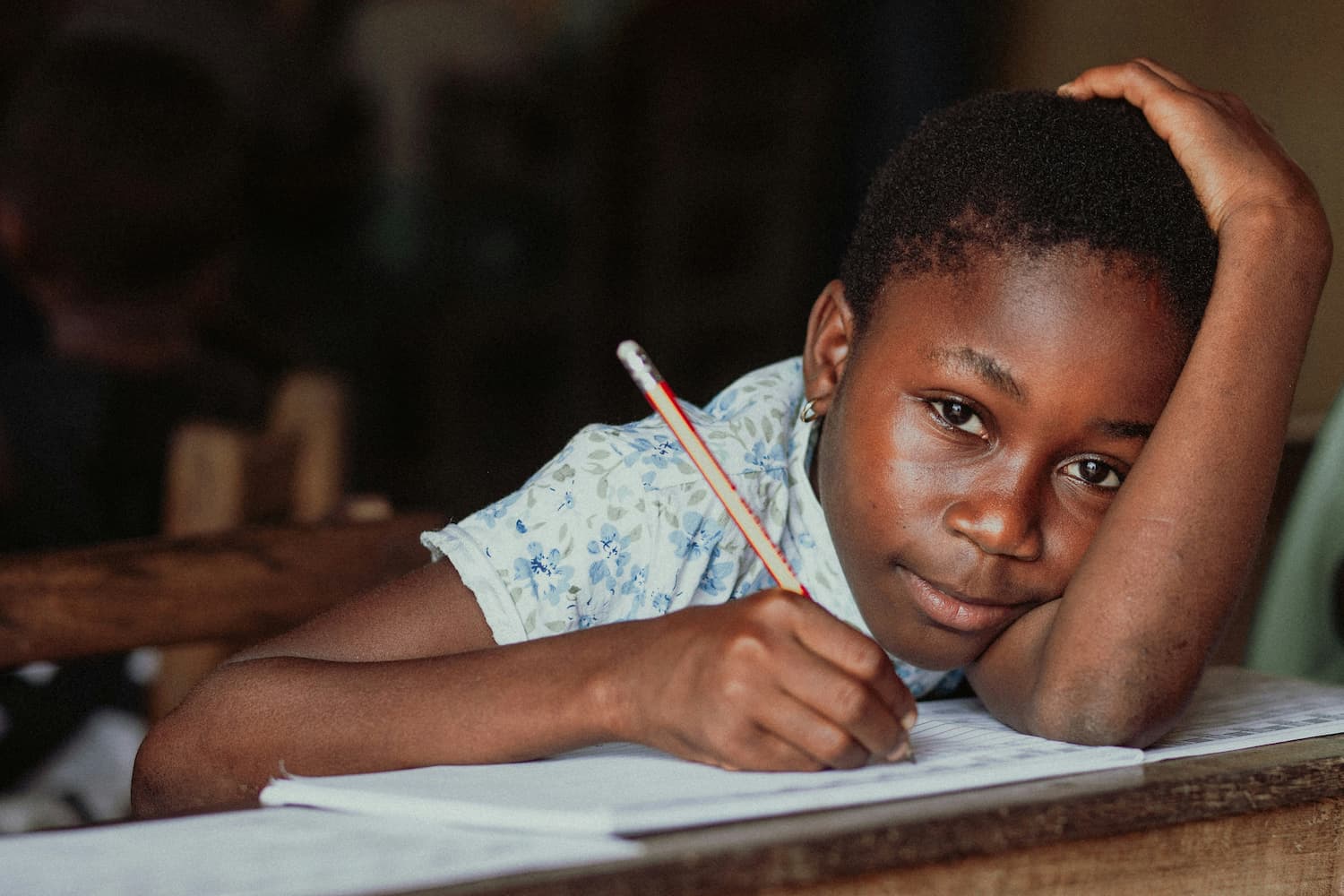
What we do
Our work will directly affect up to 3 million children, and reach up to 17 million more through its influence.
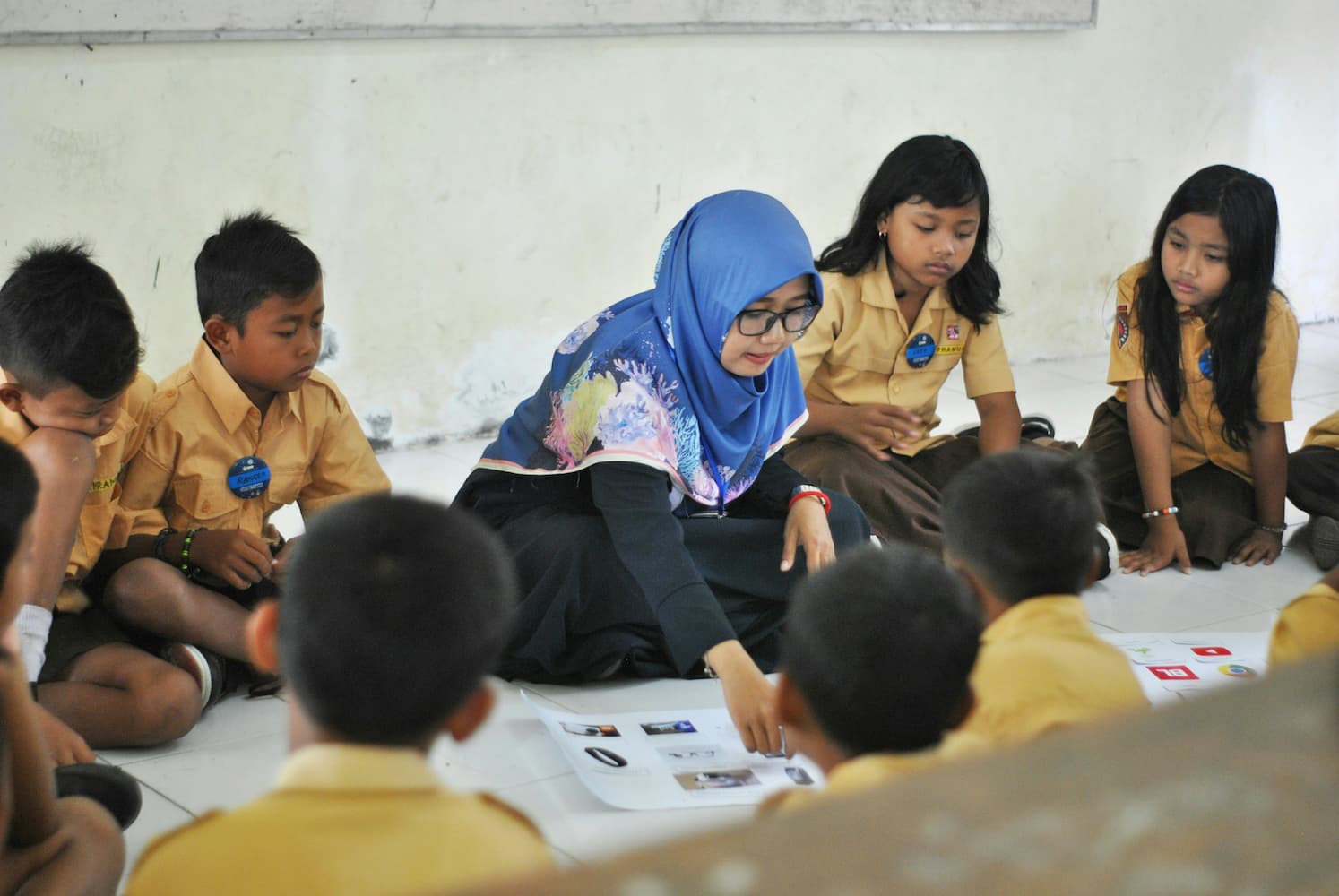
Who we are
A group of strategic partners, consortium partners, researchers, policymakers, practitioners and professionals working together.
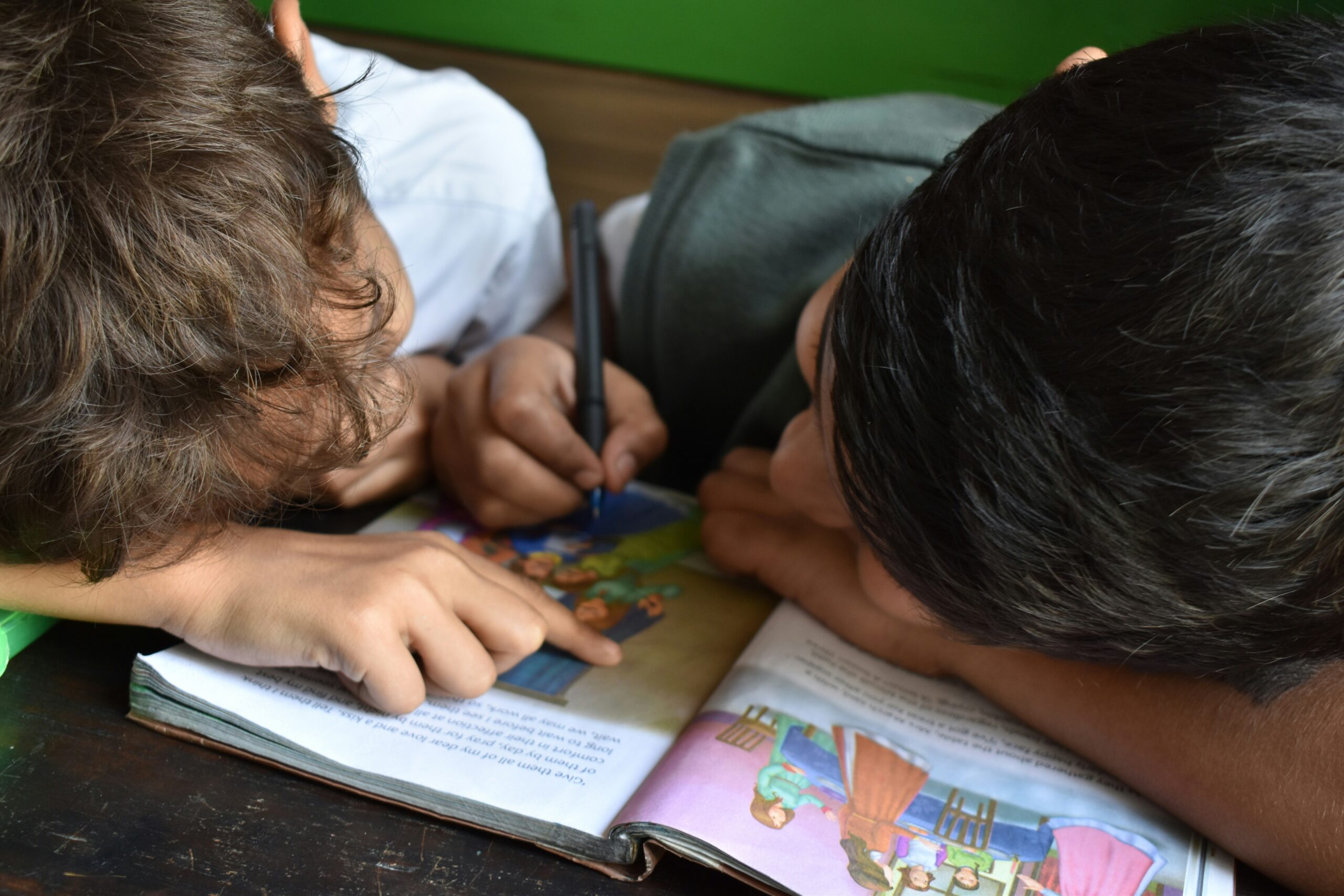
Get involved
Share our goal of literacy, numeracy and other key skills for all children? Follow us, work with us or join us at an event.
